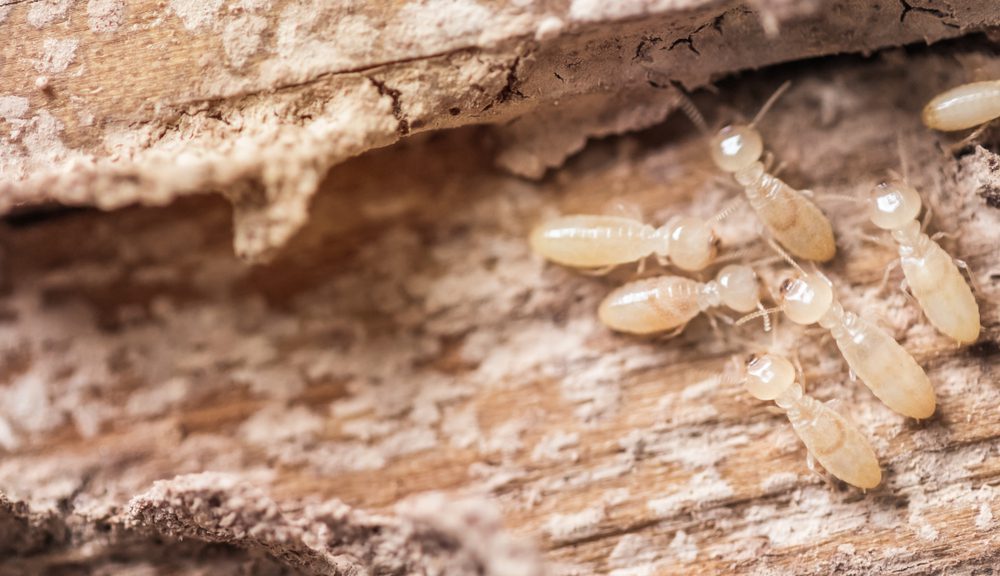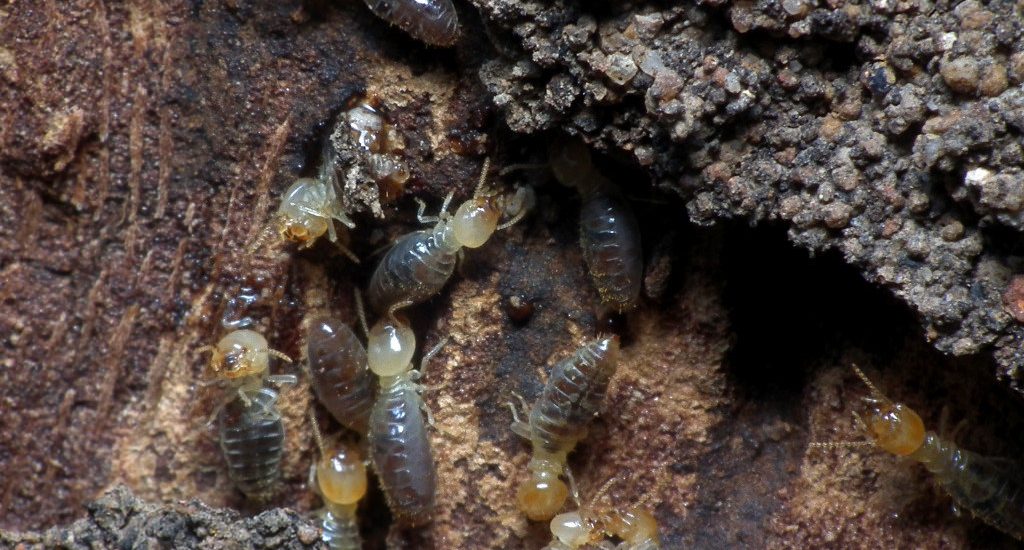Termites are silent invaders, often wreaking havoc behind the scenes, leaving homeowners in a state of dread as they ponder the hidden damage to their properties. Detecting these pests before they escalate into a full-blown infestation is crucial, yet the quest for effective detection can be overwhelming.
With a myriad of tools on the market, how does one decipher which devices are genuinely effective? In this article, we will delve into the top three termite detection tools, exploring their technology, functionality, and real-world effectiveness. Are they truly the heroes in the battle against termites, or merely sophisticated gadgets that fall short? Join us as we uncover the truths behind these tools and offer insights that may save your home from a termite nightmare.
Thermal Imaging Cameras: A High-Tech Solution for Termite Detection

Thermal imaging cameras have revolutionized the way we detect termite infestations in homes and buildings. These sophisticated devices utilize infrared technology to identify temperature disparities within structures, revealing hidden nests and moisture-rich environments favored by termites.
Imagine peering behind walls or beneath floors without any invasive drilling—this high-tech tool offers precisely that, illuminating the unseen. While traditional methods often rely on visual inspections and wood tapping, thermal cameras provide a cutting-edge alternative that can uncover threats lurking in the shadows.
However, its crucial to note that while they are remarkably effective, their accuracy can be influenced by various factors, such as insulation and ambient temperature variations. Thus, homeowners are encouraged to complement thermal imaging with other detection methods for comprehensive results.
Moisture Meters: Assessing the Environment for Signs of Infestation

Moisture meters are indispensable tools for anyone serious about detecting potential termite infestations, as these pests thrive in damp environments. By measuring the moisture content in wood and surrounding materials, these devices can reveal hidden signs of trouble before a full-blown infestation takes hold.
A reading above the normal range—typically above 20% moisture—can indicate conditions ripe for termites, prompting further investigation. The beauty of moisture meters lies in their ability to pinpoint not just existing issues but also areas susceptible to future damage.
Imagine discovering a moisture-laden beam lurking in the corners of your home, whispering secrets of unseen pests. With a moisture meter in hand, you can lead the charge against these silent invaders, addressing problems head-on, before they escalate into costly repairs.
Its a proactive approach, ensuring peace of mind and safeguarding your dwelling for the years to come.
Acoustic Emission Devices: Listening for Termite Activity

Acoustic emission devices are revolutionizing the way we detect termite activity, transforming silent menace into audible alerts. These sophisticated instruments work by picking up the high-frequency sounds produced by termites as they gnaw through wood, a process that can often go unnoticed until significant damage occurs.
Picture this: a technician strategically placing sensors in vulnerable areas of a structure, listening intently as the devices translate the faint sounds of munching into clear signals. It’s not merely about detecting termites; it’s about catching them red-handed before they wreak havoc on your property.
This method offers a non-invasive solution, allowing homeowners to safeguard their abodes with unprecedented precision. Yet, the effectiveness of these devices can hinge on a myriad of factors, including the type of construction materials and the level of infestation—opening up a vibrant discussion about their true efficacy in the realm of pest control.
Conclusion
In conclusion, the effectiveness of termite detection tools is pivotal in safeguarding your home from potential infestations. While traditional methods like visual inspections can provide a basic understanding of an issue, advanced technologies such as infrared cameras, moisture meters, and acoustic sensors offer more precise and proactive solutions.
Each of these tools has its strengths and limitations, but when used together, they significantly enhance the chances of early detection before extensive damage occurs. Additionally, in conjunction with methods like termite tenting, these detection tools can form a comprehensive strategy to protect your property. Ultimately, investing in reliable termite detection tools not only provides peace of mind but also ensures the long-term integrity of your home.




